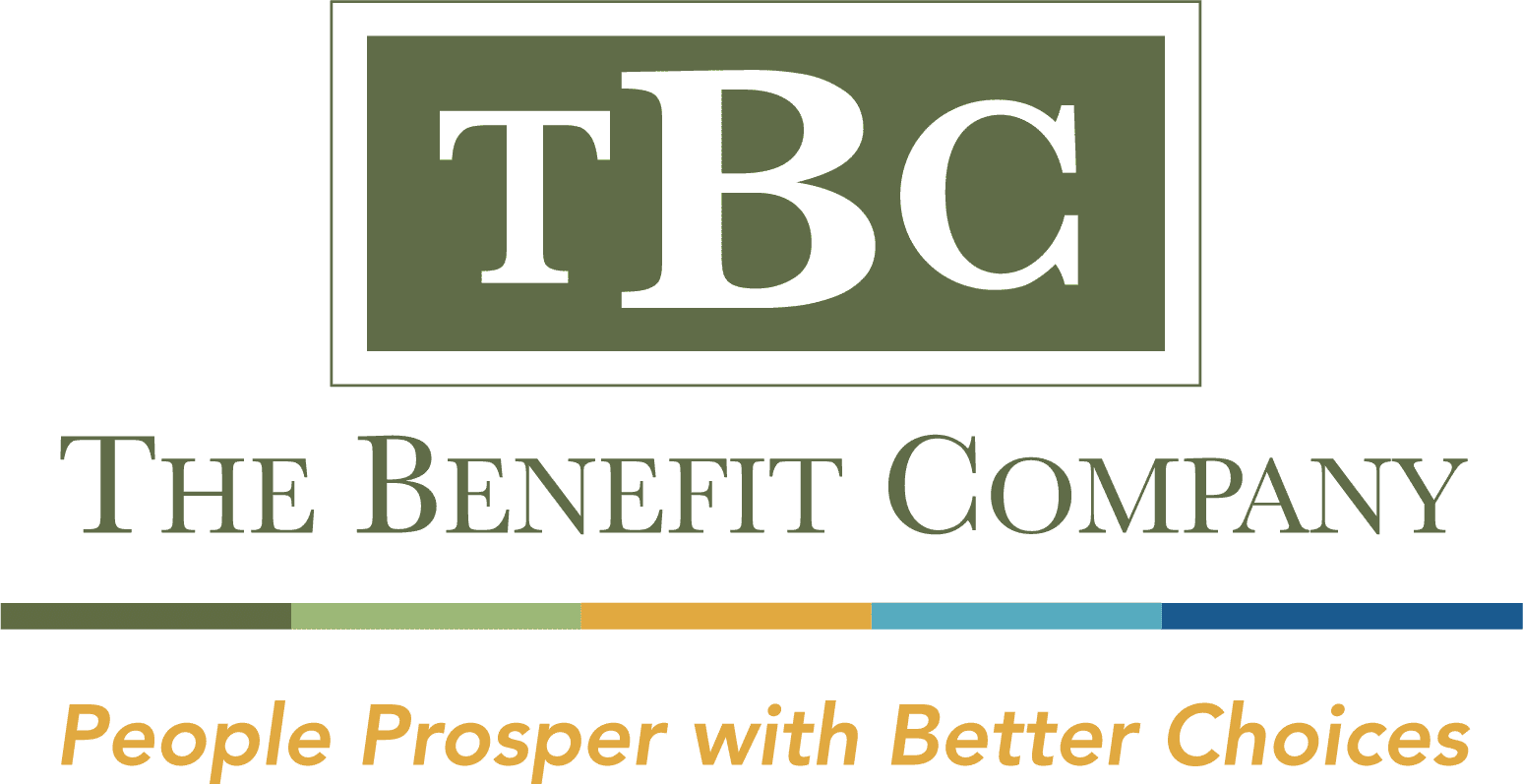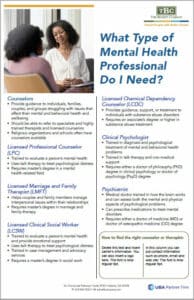If employees want better mental health, why aren’t they using the resources available through their employer’s benefit plan?
A December 2022 study conducted by Workplace Intelligence and Walr[i] found that while 64% of workers are struggling with mental or behavioral health issues, only 19% used their employer’s mental health care benefits during the year. The report also showed that many employees want to prioritize improving their mental health in 2023.
One of the primary reasons for employees’ failure to utilize the benefits, which are often free of charge to the employee, is they do not know what is available. Many employers are generous with the mental health benefits they offer, yet fail to reap the benefits of their investment because they fail to adequately inform employees about the benefits. To avoid wasting these efforts, let’s look at how to best communicate your mental health benefits to your employees.
How to Best Communicate Your Mental Health Benefits.
- Create an easy-to-read list of resources available through the medical plan. It is not uncommon to leapfrog the employer’s medical plan and go straight to the EAP to find help with mental health challenges. However, the medical plan can be the most effective way to get the treatment employees need. While this might not be a revolutionary thought, many employees don’t know where to start to find help with the medical plan. Therefore, employers can enhance utilization by creating a one-pager with:
- Mental health providers and doctors that are available.
- Steps on how to find an in-network provider.
- Telehealth options for behavioral concerns.
- Nurse lines or advocate services available.
- Promote the EAP. I recently interviewed Yinka Aijirotutu on Mental Health in the Workplace, and we spent time discussing how employers can promote the EAP. One of the key points from the interview is that we cannot expect a brief overview of the EAP at Open Enrollment to be sufficient to drive utilization. The EAP must be widely promoted throughout the year.
- Inform employees of free community and national resources. 988 is one resource employers can promote. Much like 911, 988 is the three-digit dialing code that routes callers to the 988 Suicide & Crisis Lifeline. The Substance Abuse and Mental Health Services Administration (SAMHSA) also provides resources employers can use to promote mental health in the workplace, including a toolkit and printable materials. Most states will have behavioral health resources as well. (For example, here in Georgia the Georgia Department of Behavioral Health and Developmental Disabilities makes local resources available.) The Child Mind Institute provides excellent content for parents with children experiencing mental health challenges.
- Educate employees on the differences between mental health professionals. Many employees don’t know the difference between a therapist and a psychiatrist. They often do not know whether they need a counselor or a licensed marriage and family therapist. Our firm has developed a PDF for our clients that provides brief descriptions of the services various mental health professionals provide.
- Research local options. You can make it easier for your employees to find help by providing local in-network options to address mental health challenges. You don’t have to list every available resource but include at least one in-network option for each type of provider, such as a local addiction recovery center, a psychiatrist, a family counselor, a child therapist, and a dependency counselor.
- Employee testimonials can also be powerful. Perhaps the greatest barrier to getting mental health assistance is the stigma. One way to lessen the effects of stigma is for employees (or outside guests) to voluntarily share their personal stories of mental health challenges, treatment, addiction, and recovery. Many in recovery are willing to share their story because they want others to get the help they received.
- Devote a page in your Benefits Guide to mental health. Whether it is printed or digital, your Employee Benefits Guide can have a full page devoted to mental health resources. Here, you can provide brief recaps of the benefits available through the medical plan, EAP, and third-party vendors and apps which are detailed on other pages of the guide.
- Communicate. Communicate. Use every means you have available to communicate the mental health resources available to you:
- Emails
- Text messaging
- Campaigns
- Posters
- Wallet cards
- Open Enrollment
- Intranet
- Organization-wide, departmental, and team meetings
Would you like a copy of our 11″ x 17″ poster, “What Type of Mental Health Profession Do I Need?” to display in your workplace, breakroom, or email to your employees? Simply complete the form below to receive an instant download link by email.
- Population Health
- Employee Wellness & Wellbeing
- Human Resources
[i] The State of Workplace Health. Research conducted by Workplace Intelligence and Walr and paid for by 1Life Healthcare Inc.
 The Benefit Company
The Benefit Company

